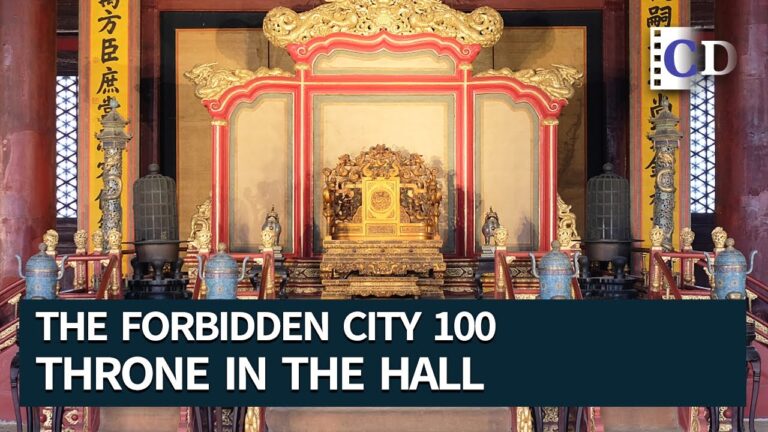Exploring the Architecture of the Hall of Supreme Harmony
The Forbidden City in Beijing, China is a historic site full of breathtaking architecture that has been preserved for centuries. One of the most unique and impressive buildings within the Forbidden City is the Hall of Supreme Harmony. This hall has played a significant role in Chinese history and culture, and its architectural design is a true masterpiece.
The History and Significance of the Hall of Supreme Harmony
The Hall of Supreme Harmony was built in the Ming dynasty during the 15th century and has served as the location for many of the most important ceremonies in Chinese history. The enthronement ceremonies of the emperors of the Ming and Qing dynasties, coronation ceremonies, and imperial weddings were all held in the Hall of Supreme Harmony. It was also the location for the meetings of the highest officials of the state, known as the Grand Council.
The Hall of Supreme Harmony was considered to be the most important building in the Forbidden City, and the throne on which the emperor sat was located within the hall. The architecture of the hall was designed to convey the power and authority of the emperor, and its grandeur and size were meant to intimidate and awe visitors.
The Architecture of the Hall of Supreme Harmony
The Hall of Supreme Harmony is a three-tiered pavilion that is supported by massive wooden columns. The columns are adorned with intricate dragon designs, a symbol of imperial power in Chinese culture. The roof of the hall is adorned with elaborate decorations and is supported by 72 intricately carved wooden pillars. The hall has a total height of 40 meters and covers an area of 2,377 square meters, making it one of the largest buildings in the Forbidden City.
The colors of the Hall of Supreme Harmony are also significant. The roofs are gilded with gold, which was a symbol of the emperor’s power and authority. The color yellow, which is associated with the emperor and the imperial family, is also prominently featured in the decorations of the hall.
The Legacy of the Hall of Supreme Harmony
Today, the Hall of Supreme Harmony is an important tourist attraction and is recognized as a UNESCO World Heritage Site. It stands as a testament to the skill and artistry of the designers and craftsmen of the Ming dynasty, who created a building that has stood the test of time and continues to inspire and awe visitors from all over the world.
- The Hall of Supreme Harmony was built in the Ming dynasty during the 15th century
- It serves as the location for many of the most important ceremonies in Chinese history
- The architecture of the hall was designed to convey the power and authority of the emperor
- The Hall of Supreme Harmony is a three-tiered pavilion that is supported by massive wooden columns
- The colors of the Hall of Supreme Harmony are significant
- Today, the Hall of Supreme Harmony is an important tourist attraction and is recognized as a UNESCO World Heritage Site.
The Hall of Supreme Harmony is a truly remarkable building, both in terms of its historical significance and its architectural design. It serves as a reminder of the power and influence of the emperors of China and the skilled craftsmen who created their magnificent palaces. Visiting the hall is an experience that is sure to leave a lasting impression on anyone who appreciates the beauty and majesty of ancient architecture.


0 Comments